What is Targeting Verification?
Overview
On-Target Percentage is one of the many metrics you can find in the Brand Reach section of the Upwave dashboard. Targeting Verification profiles the accuracy of a tactic or campaign in reaching a demographic or behavioral trait as a percentage, called the On-Target Percentage (OTP). This profile is available across all TV and digital channels, as well as cross-channel, and is updated daily.
Most campaigns are intended to reach personas that are more specific to a brand than age and gender, which is why Targeting Verification includes all of the demographic and behavioral traits being targeted. Advertisers and publishers use Targeting Verification to ensure campaigns and media tactics are reaching the desired audiences, and to make adjustments mid-flight.
FAQ
How do I know how precise the On-Target Percentage is?
By hovering over any On-Target Percentage, you will see a confidence interval for that measurement. You can be 95% confident that the On-Target Percentage is within this range. That means that, if you were to look at 100 cuts, the true On-Target Percentage would be within this range in at least 95 of the 100 cuts. As more data is collected, this range will narrow, and the measurement will grow more precise.
How do I know if a particular On-Target Percentage is good or not?
You can compare this percentage to the Overall Campaign and to the Census Baseline:
Overall Campaign: The percentage of persons in the campaign as a whole with a targeted trait. By comparing a tactic's On-Target Percentage with the Overall Campaign, you can see whether a tactic's targeting accuracy is currently above-average or below-average for a campaign. This makes it a good comparison for making optimization decisions. Be sure to compare the Overall Campaign to the full confidence interval of the tactic's On-Target Percentage.
Census Baseline: The percentage of persons in the general population with a trait, as well as the 95% confidence interval for this percentage. By comparing a tactic's On-Target Percentage with the Census Baseline, you can compare the targeting accuracy of this tactic to what you would expect by targeting people randomly. Sometimes a On-Target Percentage for a niche audience can appear small, but the Census Baseline shows that the tactic is actually over-indexing relative to the general population by a lot. This Census Baseline is calculated for each campaign, and typically grows more precise as the campaign proceeds.
Where does Targeting Verification get data for audience measurement?
Targeting Verification uses self-reported data from interviews, as well as third party data, such as device and location data.
Does Upwave weight the data that is used to generate audience profiles to correct for sample skew?
The Upwave digital network has a small demographic skew relative to the census. Upwave monitors this skew on a quarterly basis and updates sample weights accordingly to correct for it.
Upwave uses a highly scalable network model (the Upwave Digital Network), intentionally not owning and operating a traditional panel. This allows Upwave to add more publishers and communities, or capture more respondents from existing, as needed to meet demand.
For customers, this improves scale, census representativeness, data quality, and cost efficiencies. The Upwave Digital Network is composed of thousands of publishers and communities to reach consumers via different incentive models, such as unlocking content (which the consumer organically navigated to) in exchange for responding to a questionnaire.
The Upwave Digital Network employs a "triple filtering" approach to ensure the quality of respondent data, combatting the three common risks of survey data:
Validity: Upwave uses partner technology to identify non-human or otherwise fraudulent respondents.
Attention: Upwave uses red-herring questions to identify inattentive respondents, in addition to screening out speeders and straightliners. Upwave is beta-testing partner technology to identify LLM-assisted humans in free responses.
Veracity: Upwave uses trap questions to identify attentive and valid, but untruthful, respondents.
On top of the respondent-level triple filtering, Upwave uses causal inference methods to identify and correct potential confounding factors in the data.
